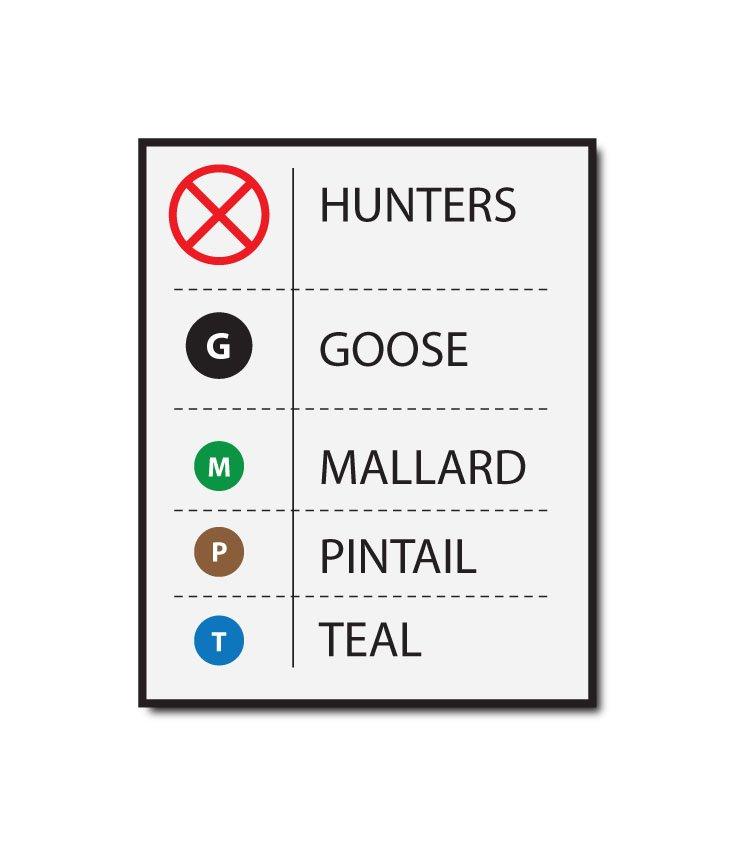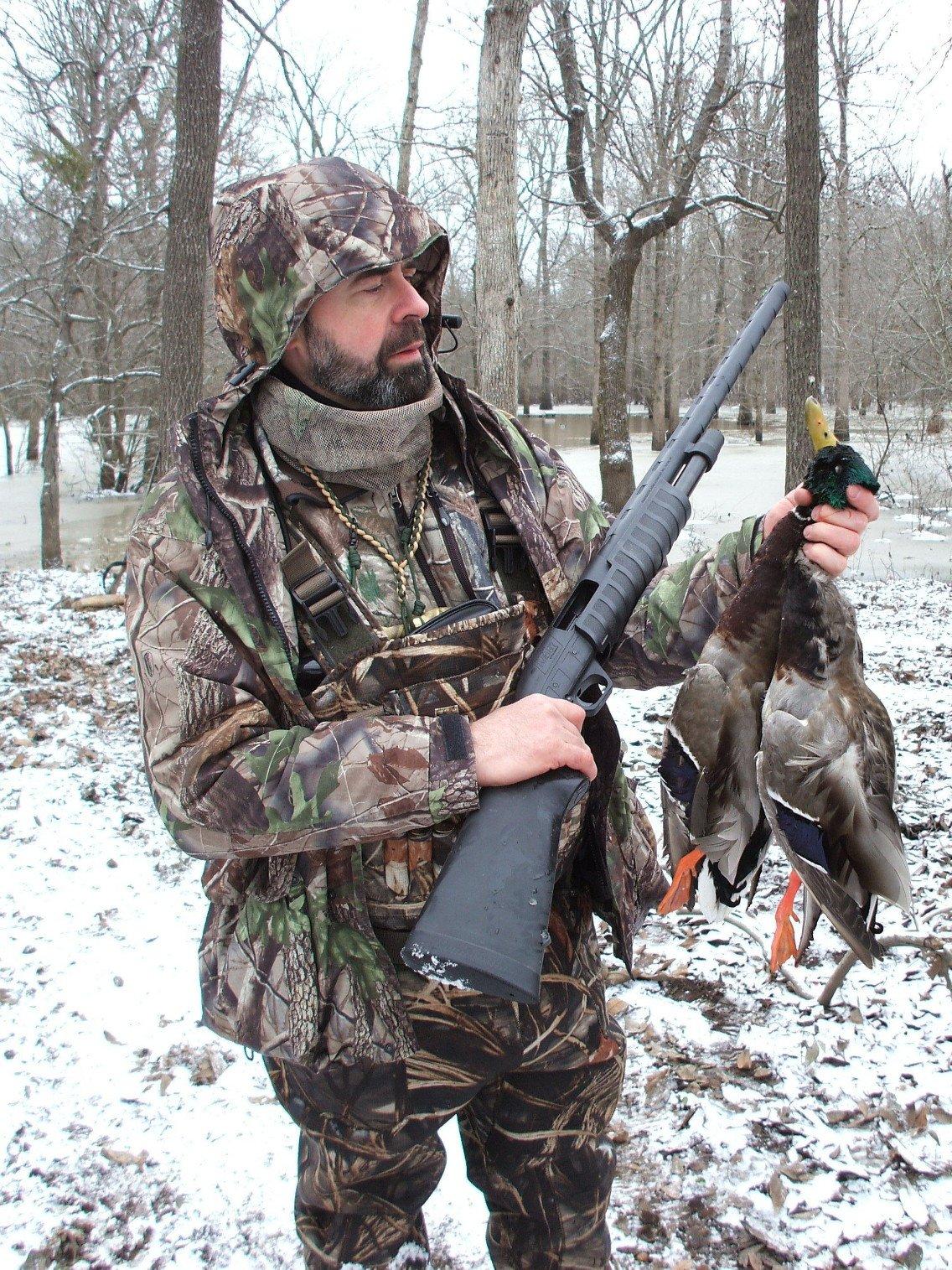Ready for Waterfowl Season: Part 1
From favorite decoy spreads to essential gear to hard lessons revealed, Realtree's Flyway Reporters talk duck hunting in this two-part waterfowl package
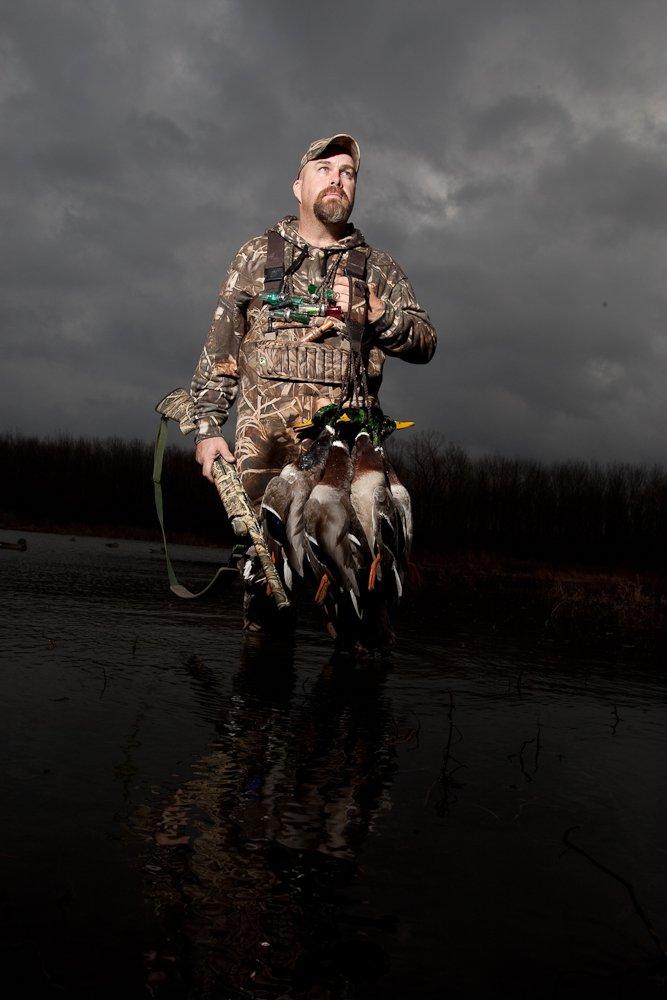
I guess antler overload is easy to understand with bow seasons opening in a few weeks in some areas—but you know, teal will be migrating in a few weeks, too.
Realtree's Flyway Reporters never stop thinking about waterfowl hunting. From mallards in the timber to snow geese in the fields to sea ducks on the coast, we're obsessed—maybe even more than the antler guys. We work throughout the calendar refining our equipment and techniques, and it's all for one reason—to kill more ducks.
But we like to share what we learn with you, too. We're always learning, and we know that sometimes the best way to solve a problem with our duck decoys or shotgun is to just ask a buddy. So we hope you'll share your comments and tips to teach us a few things as well.
Our flyway reporters have been busy for a month preparing this two-part Get Ready for Duck Season package. In it, you'll find everything from detailed decoy spreads to favored gear to what separates these fowl extremists from other hunters around them. Our flyway reporters are all hard-core hunters who provide updates, and their own unique perspectives, on every flyway, during duck season.
So take a break from the deer hunting stuff, even if it's just for a few minutes, and read on for a little more from the flyways. In part one of this feature, you'll see tips from the Atlantic Flyway and the northern portion of the Mississippi Flyway.
- Joe Balog, Realtree.com waterfowl editor
FROM THE NORTHERN MISSISSIPPI
Flyway Reporter: Joe Balog
Home Base: St. Clair Flats, Michigan/Northern Mississippi Flyway
Joe Balog, owner of Millennium Promotions, Inc., hunts and fishes the Great Lakes daily. Big water and extreme conditions are Joe's specialties, whether pursuing ducks or bass. Since 2004, Balog has lived on Lake St. Clair, home to possibly the largest migration of waterfowl anywhere in the Great Lakes. Balog hunts daily during the season, while actively promoting waterfowl equipment as well. Joe's most frequent trips are to the St. Clair flats, home to famous Harsens Island, with a refuge hosting more than 30,000 ducks daily.
Balog's Favorite Spread
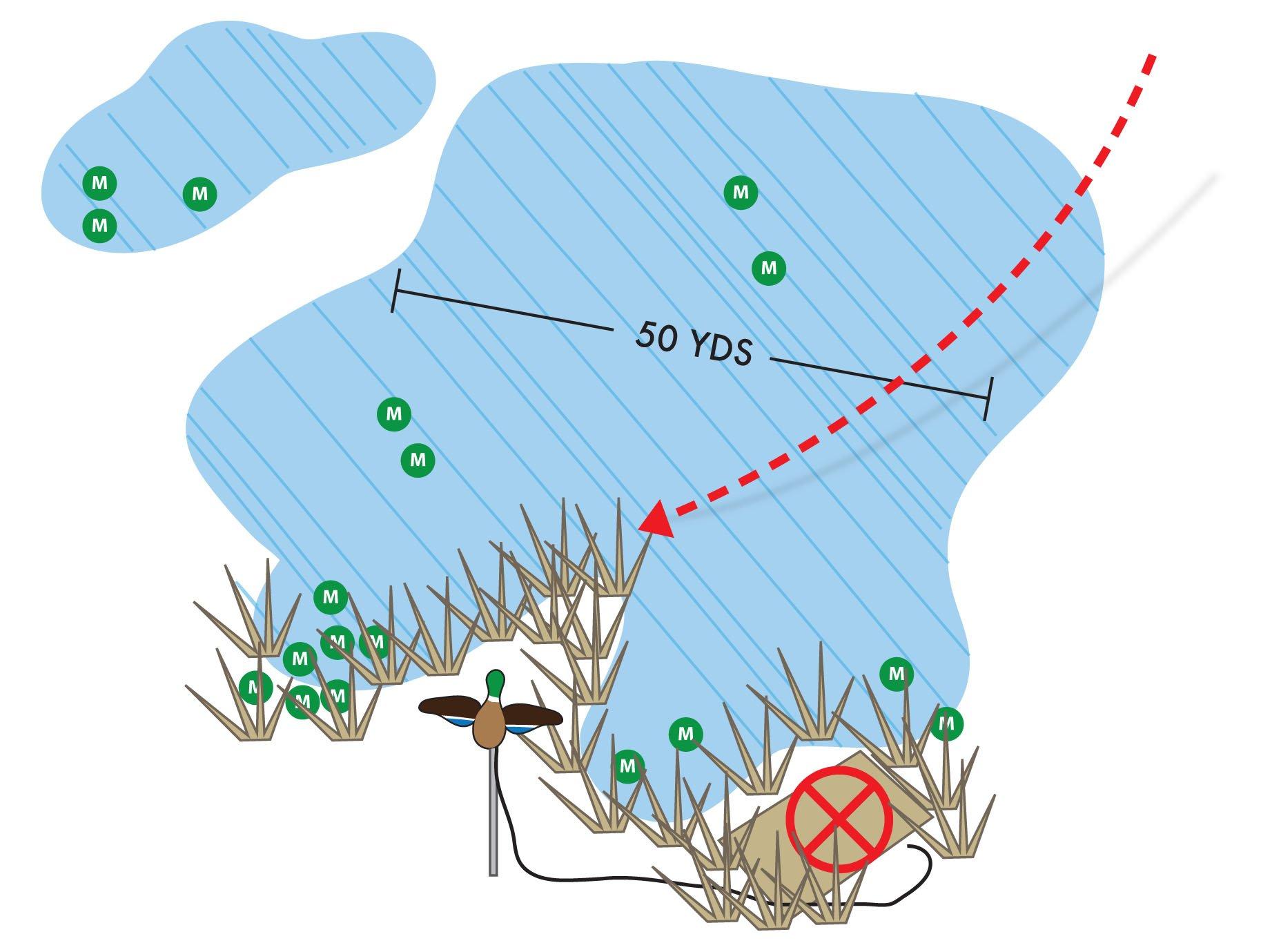
Balog's Essential Gear
Mud Buddy Mud Motor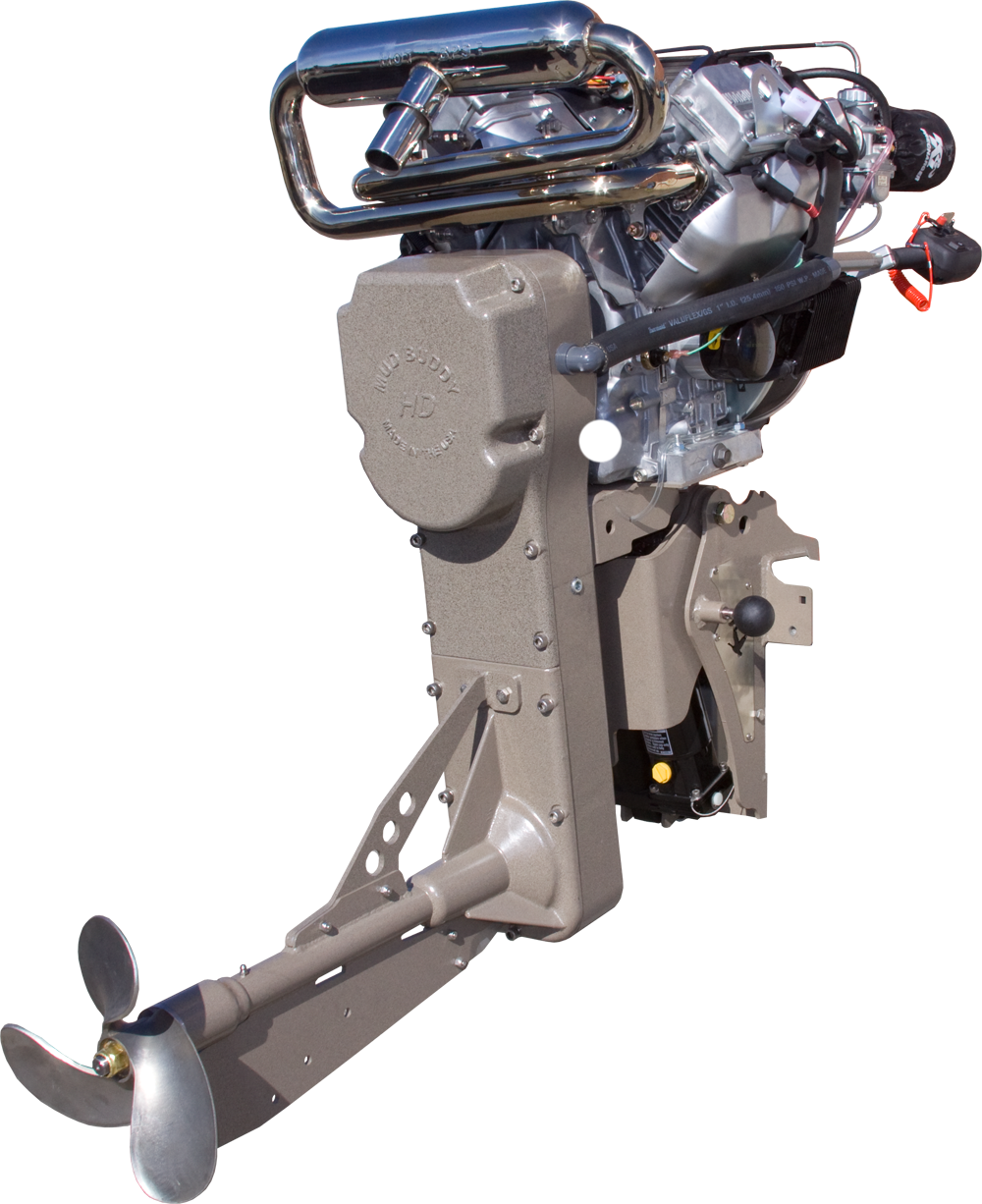
Rig 'Em Right Decoy Anchors
When I show this system of sliding, maintenance-free anchors to someone, they usually go out and buy a set. I can't imagine having to wind decoy strings up like some guys still do. I haven't wound a cord in five years.
Sportstand Dog Stand
I used a dog stand more last year due to poor cover in my hunting areas and found it to be very handy when camouflaging the boat was a problem. I still like hunting around, or in, a boat, but having the option to just tuck away somewhere is a big plus. A stand is necessary in my part of the world, as keeping the dogs warm begins with keeping them out of the water.
Lessons from Last Year
One thing that often blows me away is when I see hunters in my area hunting without a dog. Where I hunt, the muck is often over our knees, making retrieval all but impossible for anything but a four-legged, web-footed creature also known as a Lab. And last year my dog really came into his own - he was finally at the age where maturity and patience prevailed, and I can count on one hand the number of ducks lost by my party. That dog is worth his weight in gold, and last year proved that.
What Sets Balog Apart
It never really dawned on me that I was any different than other hunters, until a friend made a comment about my relentless pursuit of concealment. Ducks aren't like deer. You can't just hold still and expect them to come into gun range. They're extremely wary, all the time. This is compounded by the fact that there are often 10 or 20 sets of eyes looking at you all at one time, studying every aspect of your blind, boat, clothing and dog. I make it a point to conceal my rig with standing vegetation, so it looks natural from above, like a clump of cattails or corn. Every aspect of my clothing is camouflaged. And it's mandatory for everyone in my group to have their face camouflaged, without exception. I always find it comical to see guys in the best clothing with unpainted faces and bright neon duck calls hanging around their necks.
FROM THE ATLANTIC
Flyway Reporter: Steve Hickoff
Location: Kittery, Maine/Atlantic Flyway
Steve Hickoff took his first duck (a drake woody) back in the days of legal lead shot. This means he's a grizzled over-40 waterfowler, or just plain old, you choose. No stranger to offshore sea ducks, field honkers or river mallards, he reports on the Atlantic Flyway for realtree.com.
Hickoff's Favorite Spread
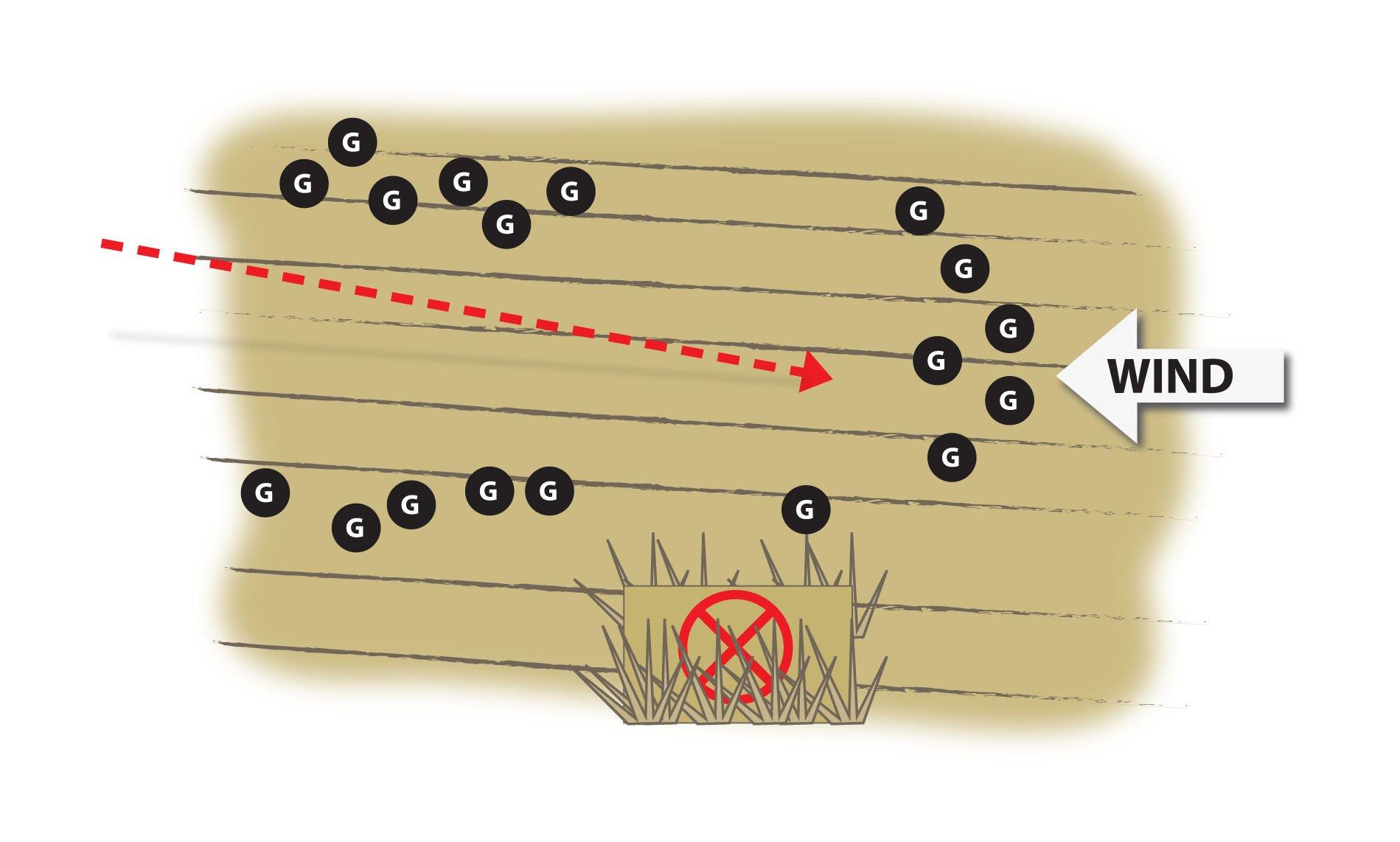
Hickoff's Essential Gear

For starters, give me a head lamp. I need it slinking through the woods to a predawn backwater duck hole. I want it for setting my goose spread in the dark. I have the clip-on kind stashed in my truck (as emergency backup), and more expensive versions for regular use.
Decoy Bags
I envy the trailer decoy guys who wheel hundreds of fakes into their goose fields. I tend to carry them in on my back. My waterfowl warehouse down in the basement is full of large capacity decoy bags plus 12-slot options. I often use an inexpensive mesh bag from Flambeau, among many others.

Waterfowlers know movement can turn distant birds your way. The last few seasons I've used motion decoy stakes with honker shells, especially on mornings with a little breeze. Results say they work.
Lessons from Last Year
We waterfowl hunt in groups. Each guy has a collection of calls around his neck. Multiply that in the blind or flooded timber and you have a problem. Yep, they call them calls for a reason. But sometimes we call too much. We fall in love with our quacking and honking.
I learn this one annually, often painfully, then forget it at some point the next season. Turned the honkers your way? Shut up. Are you waist deep in flooded timber? Get the attention of those treetop mallards long enough for them to see your blocks, then stop calling. Are you on the X and does your spread look realistic? If so, sometimes the best waterfowl call is no call at all.
Another solution: designate callers and shooters. Stick to the plan. You'll all be happier—except for the dead birds.
What Sets Hickoff Apart
I'm not sure what sets me apart; maybe hunting away from other action? Take wood ducks for example.
I cover serious ground for woodies, scouting for acorns—oaks branching over water. If the spot is far from the road, that's even better. Backwoods locations rule. Do you like to walk long and far with a sack of decoys over your shoulder? Me too. Sometimes it can make the difference.
I hunt these off-road spots three ways: setting decoys in range, sitting tight near the acorn-plopping oaks without a spread or by make-it-happen jump-shooting (vocal woodies will reveal spots along winding creeks and at beaver dams). The trick is to get in there early—a long hike through the dark woods after a black coffee and morning radio ride over asphalt.
The false dawn legal window action before true sunrise is worth it.



